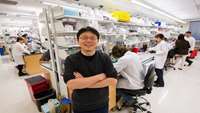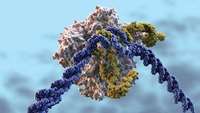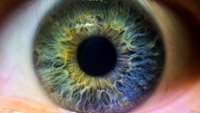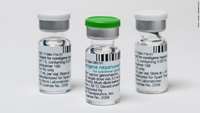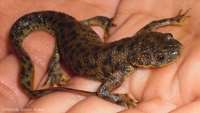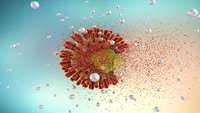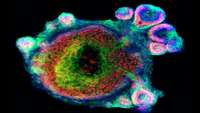Bone marrow transplantation improves motor activity in a mouse model of ataxia
Ataxias are locomotor disorders that can have an origin both neural and muscular, although both impairments are related. Unfortunately, ataxia has no cure and the current therapies are aimed at motor re-education or muscular reinforcement.
How CRISPR pioneer Feng Zhang would use his invention on himself
Using genetic engineering for personal enhancement is a controversial topic — not to mention, presently, a practical impossibility.
Gli1 identifies osteogenic progenitors for bone formation and fracture repair
Bone formation in mammals requires continuous production of osteoblasts throughout life. A common molecular marker for all osteogenic mesenchymal progenitors has not been identified
CRISPR is coming to the clinic this year
This year could be a defining one for CRISPR, the gene editing technique, which has been hailed as an important breakthrough in laboratory research.
NIH discovery brings stem cell therapy for eye disease closer to the clinic
Scientists at the National Eye Institute (NEI), part of the National Institutes of Health, report that tiny tube-like protrusions called primary cilia on cells of the retinal pigment epithelium (RPE) — a layer of cells in the back of the eye — are essential for the survival of the retina’s light-sensing photoreceptors.
Gene therapy treatment for hereditary eye disease will cost $850,000
Last month, the FDA approved a gene therapy called Luxturna, which can treat a rare eye disease that causes blindness. Now the treatment has a price tag, CNBC reports. It will cost $425,000 per eye, and while $850,000 is steep, its lower than the $1 million at which many expected the treatment to be priced
Salamander genome gives clues about unique regenerative ability
Researchers at Karolinska Institutet have managed to sequence the giant genome of a salamander, the Iberian ribbed newt, which is a full six times greater than the human genome.
CAR T-Cell Therapy Shows Potential to Fight HIV
Researchers have turned to gene therapy in an effort to destroy HIV infected cells in the body, and also create long-term immunity from the disease over the long haul.
In scientific first, IU researchers grow hairy skin in a dish
Researchers at Indiana University School of Medicine have successfully developed a method to grow hairy skin from mouse pluripotent stem cells a discovery that could lead to new approaches to model disease and new therapies for the treatment of skin disorders and cancers.
How alcohol damages stem cell DNA and increases cancer risk
Drinking alcohol produces a harmful chemical in the body which can lead to permanent genetic damage in the DNA of stem cells, increasing the risk of cancer developing, according to new research.



